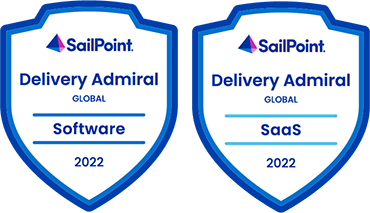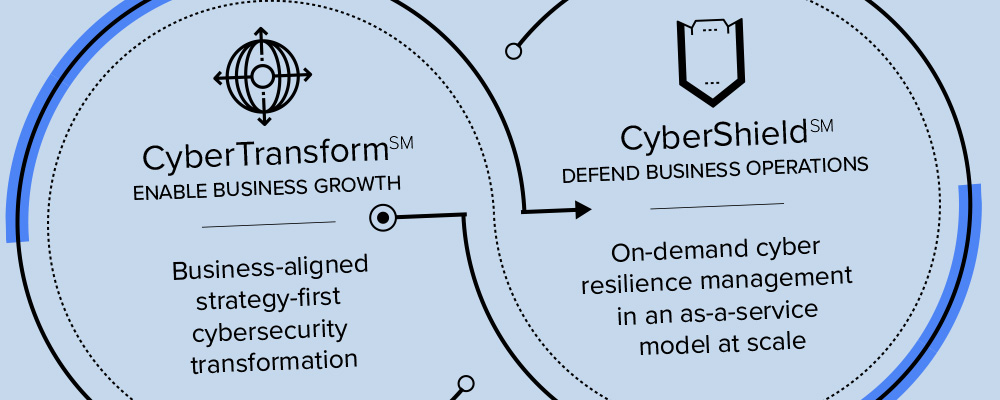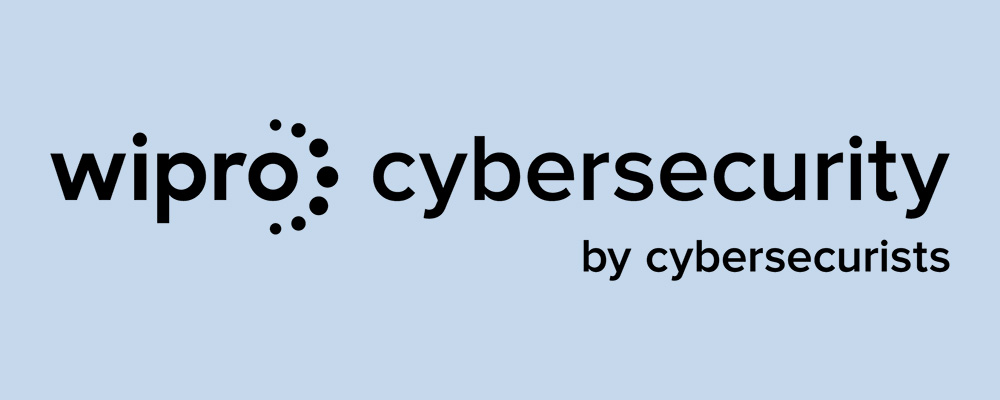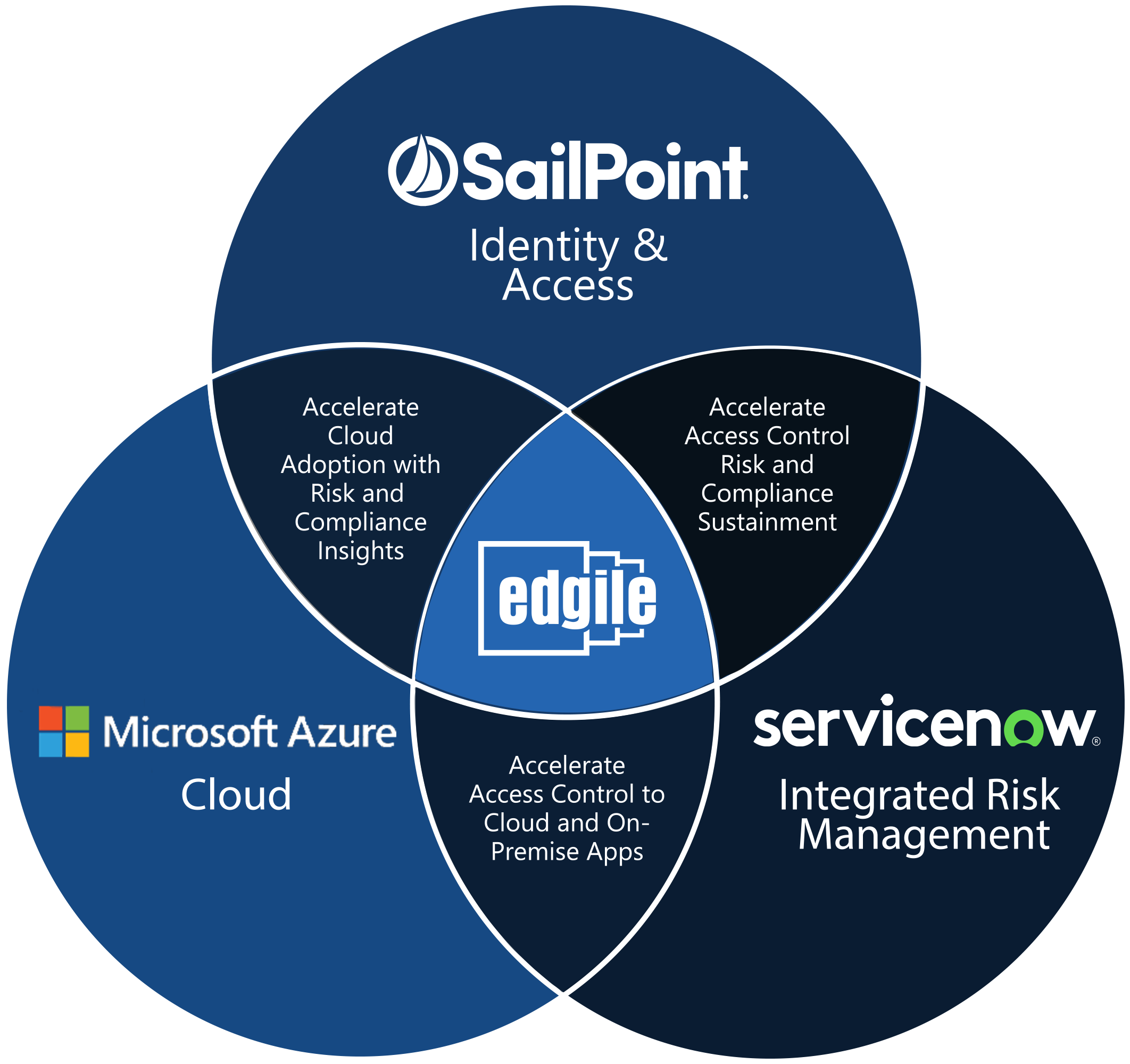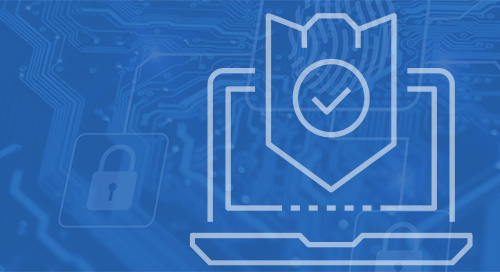Why Identity Legacy Solutions Don’t Work
By Paul Gagacki, Dylan Kessler, and Helio Gomez
Today’s organizations have a growing and urgent need to manage identities effectively to ensure they remain competitive, compliant, and secure – particularly as they move to a Zero Trust security model. This requires modern identity governance and administration (IGA) capabilities that include all company identities: employees, contractors, partners, customers/consumers, and even non-human identities. The challenge facing most organizations, however, is that their legacy IGA solutions aren’t equipped to handle this new level of complexity.
Many legacy solutions are either end-of-life or stagnant in the upgrades they receive. This means that not only are they not built for the modern enterprise, but they also struggle to support modern functionality without signification customizations – if at all. This leads to several vulnerabilities.
Security – Legacy tools and processes don’t support a Zero Trust security model, which is necessary for a modern security posture. Zero Trust architecture assumes that no one – whether inside or outside the company – can be trusted until their identity has been verified. This is essentially the opposite mentality of legacy systems, which establish a perimeter around a network and assume that anything that manages to pass through that boundary can be trusted.
61% of data breaches are caused by compromised credentials
Regulatory compliance – Evolving regulatory requirements are driving the need for more sophisticated monitoring and reporting beyond what legacy solutions are capable of. There is no single federal law in the United States that governs cybersecurity and privacy. Regulations vary by state and across industries, posing a significant challenge for companies doing business in multiple states or outside the country.
Operational complexity – Legacy solutions aren’t built for the cloud, which is where most business transactions take place today. Their lack of automated features, limited reporting functionality, and outdated user interface equates to a poor user experience. Without the agility necessary to quickly manage and analyze data to understand how to meet customer and employee needs, companies will find it extremely difficult to remain competitive.
Cost – Legacy on-premises infrastructures require a higher investment in hardware and custom development, as well as more time and money to maintain. The expense and difficulty involved with upgrades and fixes often means they never happen, which can lead to costly downtime. Modern cloud-based solutions, on the other hand, typically require no significant upfront hardware or licensing costs. Plus, companies only pay for the resources they use, allowing them to allocate their IT budgets more efficiently.
The cost of network downtime ranges from $140,000 to more than $540,000 per hour
Time to market – Many organizations have a tangled web of on-premises identity solutions with cobbled-together identity stores. This creates substantial bottlenecks in critical digital transformations such as moving applications and workloads to the cloud, implementing robotic process automation, and accelerating development and operations.
The bottom line – If you stick with legacy identity solutions, you’re choosing to live with technical debt that borrows from future agility.
Modern challenges require modern solutions
Planning a migration from a legacy IGA solution to a modern one requires having a well-thought-out strategy, approach, plan, and roadmap. Selecting the right IGA solution is key to an organization’s future success and will lay the foundation of its Zero Trust program.
Edgile has developed a comprehensive approach that begins with a current state risk analysis to assess your current IGA environment through a combination of interviews, document reviews, and facilitated workshops. We then move on to developing a vision for the future state, in which we work with you to define a shared organizational goal that encompasses the high-level purpose, business scope, usage scenarios, and conceptual architecture. Next, we launch the implementation roadmap and migration plan – the long-term schedule of projects and solution releases that will transform the future state vision into a reality. Finally, we end with an executive summary presentation and assist you with selling your vision to the leadership team.
Watch our on-demand webinar to learn more about the risks posed by hanging on to legacy IGA systems, and how Edgile partners with SailPoint to overcome these obstacles. You’ll learn about our powerful solution for modernizing your IGA program, including details about:
- Edgile’s six-step migration methodology and timeline
- SailPoint’s approach to Zero Trust and modern identity architecture
- Real customer success stories
Connect with Edgile to get started
For details on how to optimize your identity programs, please contact your Edgile representative.
